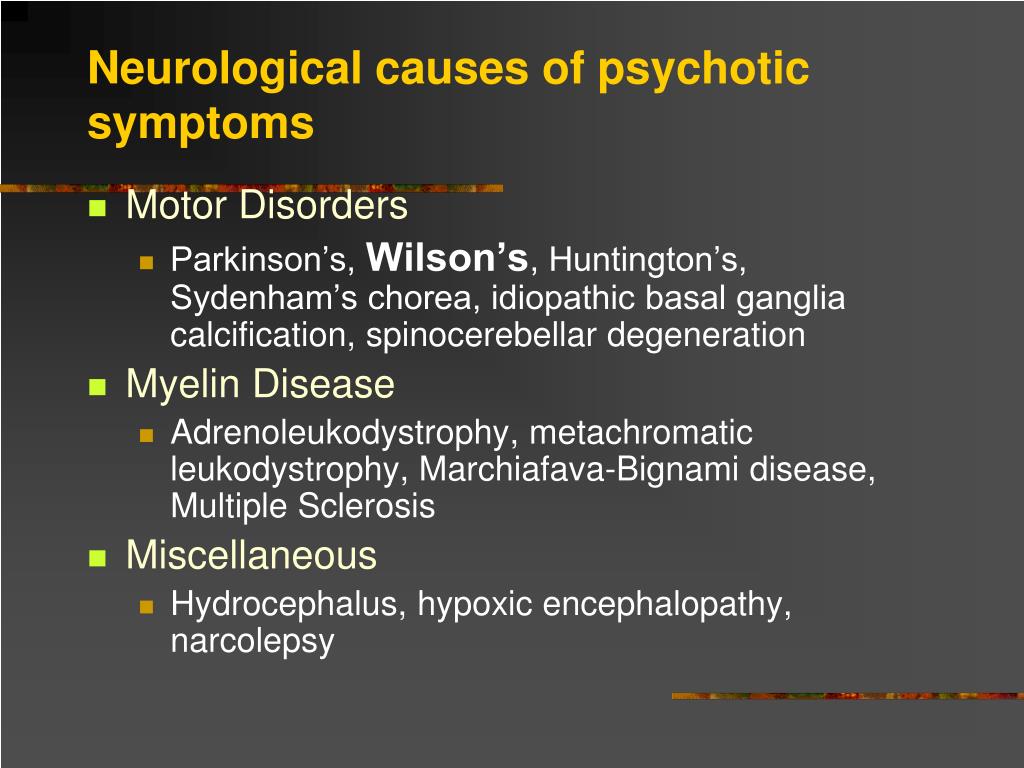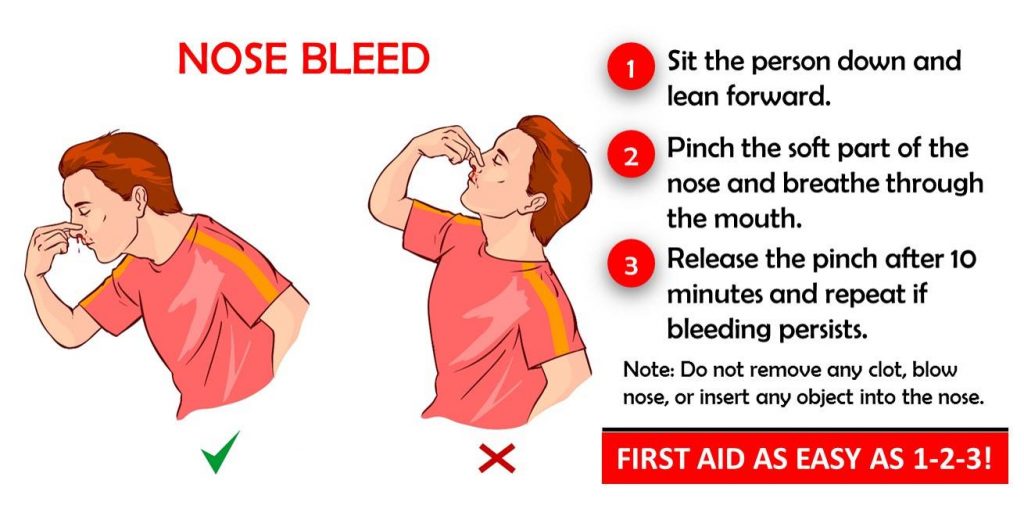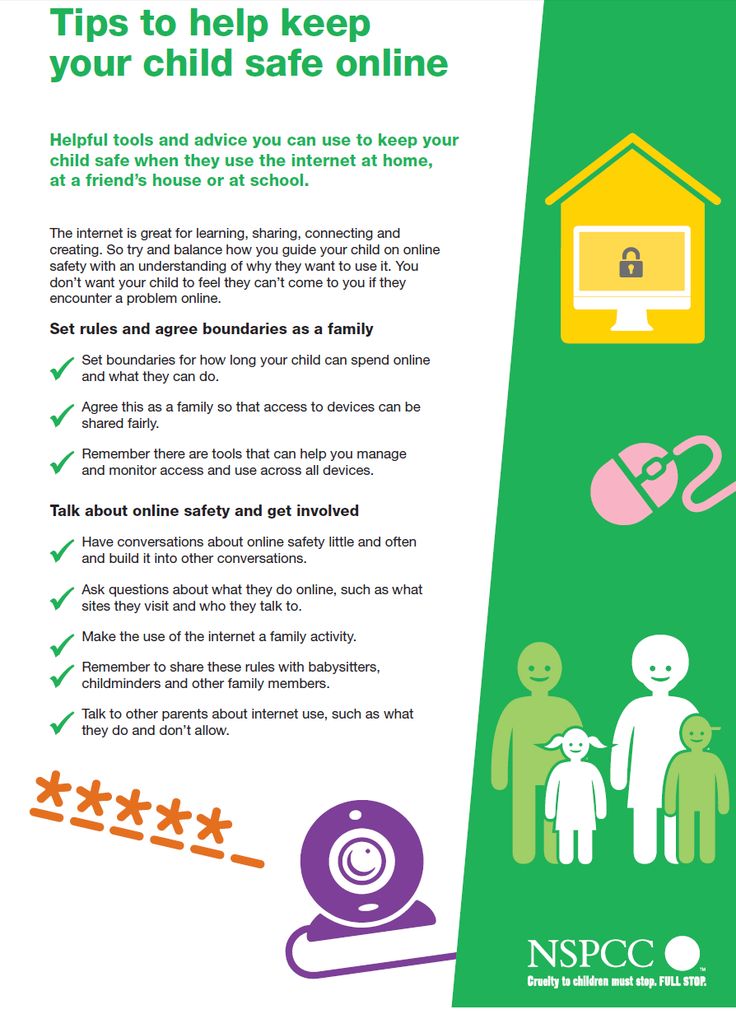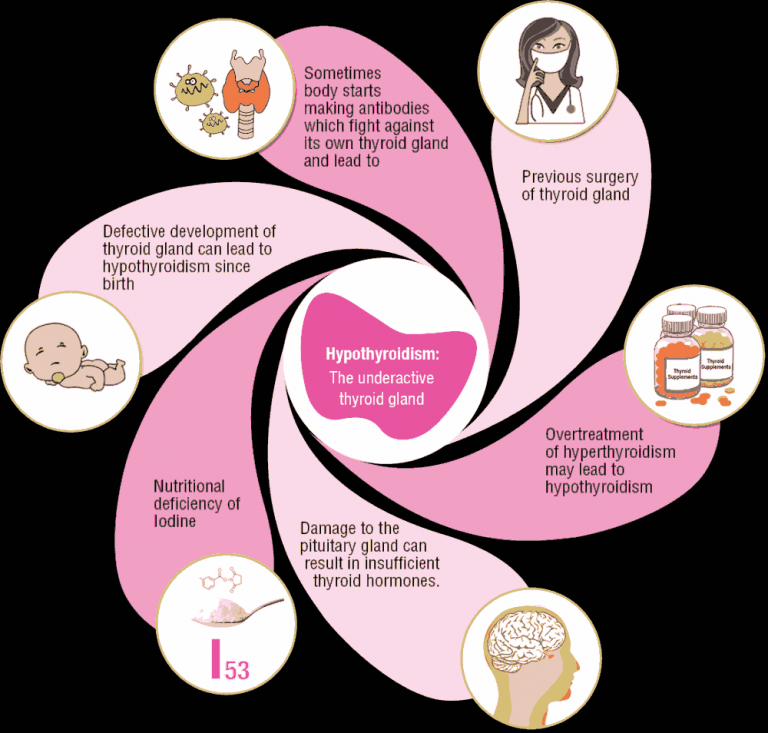How to handle a negative child
How to Deal with Negative Children
Kids thrive on the connection they have with you, and if a child is always negative, they will usually get a reaction from their parents.
As odd as it sounds, sometimes the negativity spewing from your child’s lips is not meant to sound as bad as it does. They may simply want contact with you, albeit negative contact.
Some kids’ versions of, “Hi, how are you this morning?” come out as, “These eggs are disgusting!” While this is the way your child might want to connect with you, it doesn’t mean you have to enjoy it or listen to it endlessly.
When your child is a constant complainer, it can be emotionally exhausting. Your child may be loving, funny, and sweet, but the negative attitude stands out because it’s such an energy drainer. What’s worse, your mind starts futurizing, and you start thinking that their negative attitude will be a problem for your child down the road. Futurizing is the tendency to expect the worst outcome for your child, and it’s one of the most potentially destructive things that parents can do.
So, where does all this complaining come from? If your child is in their teen years, adolescence may be the culprit.
When your kids were young, they might have been enthusiastic about everything. You’d hear them say, “Mom, look at this! Wow, it’s so cool. I love it!”
But, once adolescence arrives, enthusiasm becomes uncool, especially around parents. Sharing their inner feelings means opening themselves up to you—and that is probably the opposite of what they want to do at this point in their life. Pushing you out is the name of the game.
And let’s not forget that home is the safe haven where all stresses of childhood can land. They may not tell you about their awful day at school, but they will complain that the food you cooked tastes awful. Yes, this is unpleasant, but remember, don’t take it personally—this could be a coping skill your child is employing.
As strange as it sounds, negativity and complaining are ways your child manages their anxiety.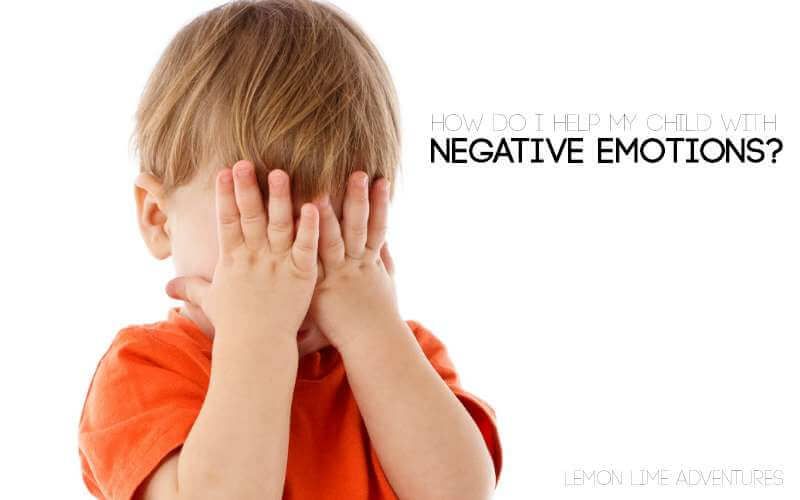 When your child complains, they feel better because they’re expressing themselves and venting their worries and fears. If you don’t react to it from your own anxiety, your child will eventually move on.
When your child complains, they feel better because they’re expressing themselves and venting their worries and fears. If you don’t react to it from your own anxiety, your child will eventually move on.
After you determine what’s triggering your child’s negativity, consider why you get so stirred up by it. Understanding why it upsets you so much is half the battle; knowing why it pushes your buttons will help you find more calm, effective ways of dealing with it.
Do you tend to be negative and critical yourself? Our kids’ behavior can often put a mirror in front of us, and it’s not always what we want to see.
Do you feel responsible as a parent to fix your child, shape them up, and make them happy? Do you futurize and get anxious and ask yourself if this is the life your child is destined to lead?
Understand that kids who exhibit oppositional or defiant behavior often use negativity to get everyone around them worked up, including you. Sometimes they respond automatically without thinking. In these cases, they’re not necessarily trying to make everyone upset.
In these cases, they’re not necessarily trying to make everyone upset.
But other times, they use negativity intending to make everybody else feel as miserable as they do. And you and your child’s siblings probably bear the brunt of it because home is that safe place where they can let out the absolute worst part of themselves.
If your child spews a lot of negativity at home, the trick for you is not to get pulled into it because that’s what will give them the feeling that they’re in control, the feeling that they’ve got you, and you’re paying attention to them. You’re hooked.
Work hard not to indulge that part of your child. Recognize when your child is trying to push your buttons and try not to get pulled in. The temptation in the moment is to feed the mood by saying something like, “What’s wrong with you? You’re ruining the movie for everyone!” Instead, you can put limits on this negative behavior by saying to them:
“Not now, please. We’re trying to watch the movie. ”
”
Or, you can say:
“It sounds like you don’t like it. Why don’t you go to your room and do something else?”
If your child continues to be defiant, you’ll need to try some enforceable consequences. (Please read Parenting ODD Children and Teens: How to Make Consequences Work by Kim Abraham LMSW and Marney Studaker-Cordner to find out how to do this effectively.)
Define your boundaries and make clear to your child what you will and won’t do when they act out. Try to establish these boundaries without being critical: you don’t want to give your child the message that there is something wrong with them.
Easy? Not at all. I know this is hard. Sometimes, your child’s negativity and goading behavior can feel like a magnet pulling you in. I think the best thing to do is to be very conscious of what’s happening and stay out of that orbit. The main thing is, don’t give it legs.
Here are seven things to keep in mind when your child is being negative and is pushing all of your buttons.
1. You’re Not Responsible for Your Child’s Attitude
As a parent, you might feel you’re responsible for how your child feels and behaves. If so, the choices they make will feel very personal to you. You’ll find yourself trying to turn your negative child into a positive person, a “Negative Nancy” into the proverbial “Sally Sunshine.”
The result? They’ll work all the harder to resist you. This will cause you to push harder, creating more and more reactivity and negativity between the two of you.
Remember, you’re not responsible for the choices your child makes about their attitudes or behaviors. Instead, you’re responsible for how you respond to these attitudes and behaviors.
2. Don’t Be Judgmental About Your Child’s Complaints
As hard as it is, try not to be judgmental, critical, or defensive. So if your child says, “This food is gross,” don’t react by saying, “Why are you always so negative about everything? The least you could do is say thank you!” Instead, say something like this to them:
“Hmmm, I’m sorry you don’t like it,”
“Too bad you find it so unappealing.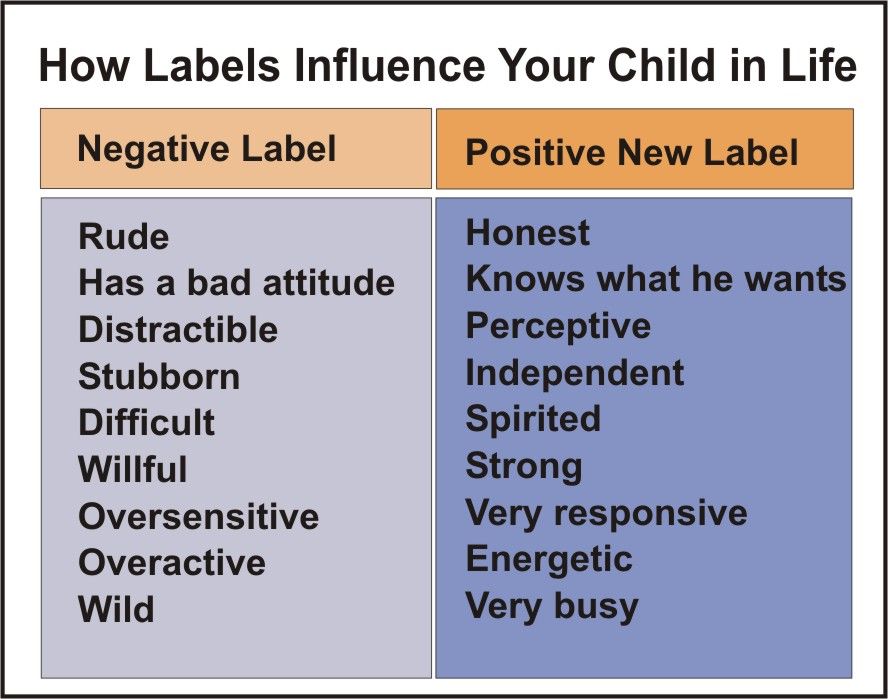 ”
”
Or you can simply say, “Oh.” Nothing more needs to be said.
3. Don’t Personalize Your Child’s Complaining
Try as hard as you can not to personalize your child’s negative attitude and constant complaining.
Have a slogan in your head that helps you ignore some of their negative remarks. Try repeating the following to yourself:
“It’s nothing personal and nothing to worry about. These are just feelings.”
4. Schedule a Time To Listen to Your Child’s Complaints
If your child launches into a venting session when you’re stressed out or in the middle of something, be clear and direct that you are not ready to hear their complaints. You can say:
“Sorry, but I’m not up for listening to this right now. Let’s schedule a time later this evening when I can focus on what you’re telling me?”
That way, if your child really needs a sounding board and isn’t simply complaining for the sake of complaining, you’ll be able to give them your full attention and listen to what’s on their mind (and maybe by that time, they’ll have worked through it on their own. In this way, your child will learn to rely on themselves to calm their anxieties).
In this way, your child will learn to rely on themselves to calm their anxieties).
5. Put a Time Limit On Complaints
If your child is a chronic complainer, you might consider putting a time limit on them. When your child launches into a complaining session, listen to what their beef is and then let them know they only have a few more minutes. You can say to them:
“Okay, Jackson, two more minutes to talk about how you hate math, and then we’re done with this subject today. I can’t hear anymore.”
You can also establish a complaint time, as James Lehman advises in The Total Transformation Program. Set aside a time each day, like after dinner, when your child has 10 minutes to complain about everything that’s bothering them. Limit complaints to that time of day and that amount of time.
If they forget and start being critical about something, remind them that they can tell you all about it at complaint time that night. You can also give them a journal in which they can write everything down.
Another idea is to give your child five “complaint tickets” per day that they can use at any time. Each one is good for one complaint, but after the five are used up, no more. (This works well for younger kids.)
6. Listen but Don’t React
If your child always has something negative to say, you can go with it without agreeing with them. If they say, “It would have been a good day if I’d gotten a home run during recess,” you can say to them:
“Yeah, really just to have that one extra thing, that would have made the day better for you?”
Instead of trying to negate their negativity, listen to it and let it go.
When your child is critical of something, and then you’re critical of them being critical, it just adds to the cycle.
Often we don’t hear ourselves complaining about our kids, and we just pile it on. So try to be nonjudgmental about it.
7. Give Honest Feedback
Your ultimate goal is to let your child be who they are, but you should also let them know that their attitude does have an impact.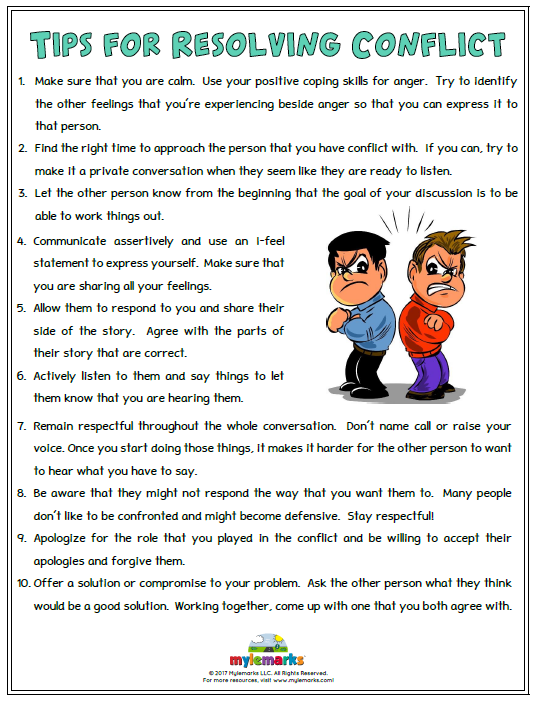 Giving them honest feedback is one of the best ways to set your own boundaries while respecting theirs.
Giving them honest feedback is one of the best ways to set your own boundaries while respecting theirs.
When they’re going on and on about something or someone, you can say, for example:
“When I hear too much of your criticisms and complaints, I find myself tuning it out.”
You could also try saying something like:
“Hey, I think I need to hear a few more positives right now because I’m getting zapped.”
Generally, when you give authentic feedback, you’re just letting your child know that what they’re doing is not working for you right now.
Again, simply complaining about their negativity is not necessarily going to be helpful. Instead, you need to be honest about it and let your child know what you’re feeling about the impact of moods, attitudes, and words. That’s about you expressing you—not you criticizing them.
Conclusion
While helping your child be more positive is a good goal, trying to make them positive will backfire.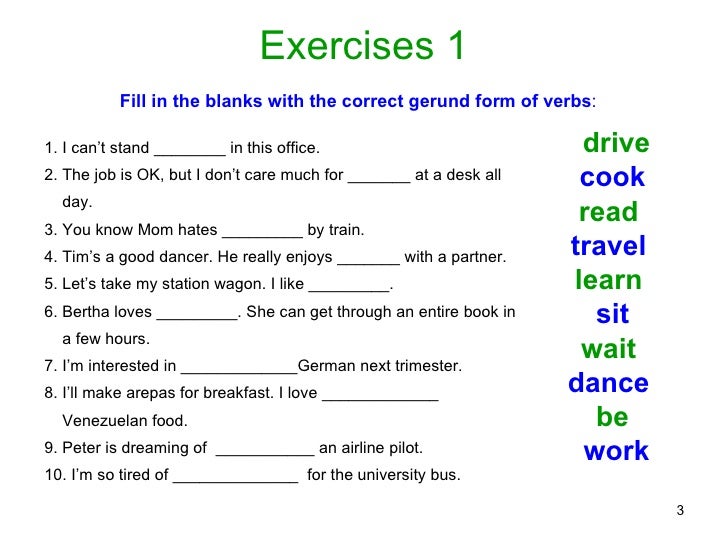 Instead, do what is counter-intuitive: accept their negative feelings.
Instead, do what is counter-intuitive: accept their negative feelings.
Your child’s feelings are separate from you, so allow them to have those feelings without futurizing and personalizing and getting entangled with your child. Don’t let your own anxiety about your child interfere with your child. Listen without criticism. Stand next to your child, not joined to them. Only then will they stop being compelled to use their energy to fight you or defend themselves from your criticism.
With your acceptance, your child will be free to begin thinking about how they want to change and grow.
Related Content:
Acting Out in Public: Is Your Child’s Behavior Holding You Hostage?
4 Things Not to Do When Your Child has a Tantrum
6 Tips to Help your Negative Child
Do you have a negative child?
When something nice is planned for your child, do they often focus on the negative?
Do they get upset and complain when anything gets in their way rather than see it as a challenge?
Do they give up as soon as things get tricky – and shout and moan and grumble?
Do they use the words ‘always’ and ‘never’ a fair amount and blame other people (particularly you!) for all their problems?
Then you have a negative thinker! Be a postive parenting coach.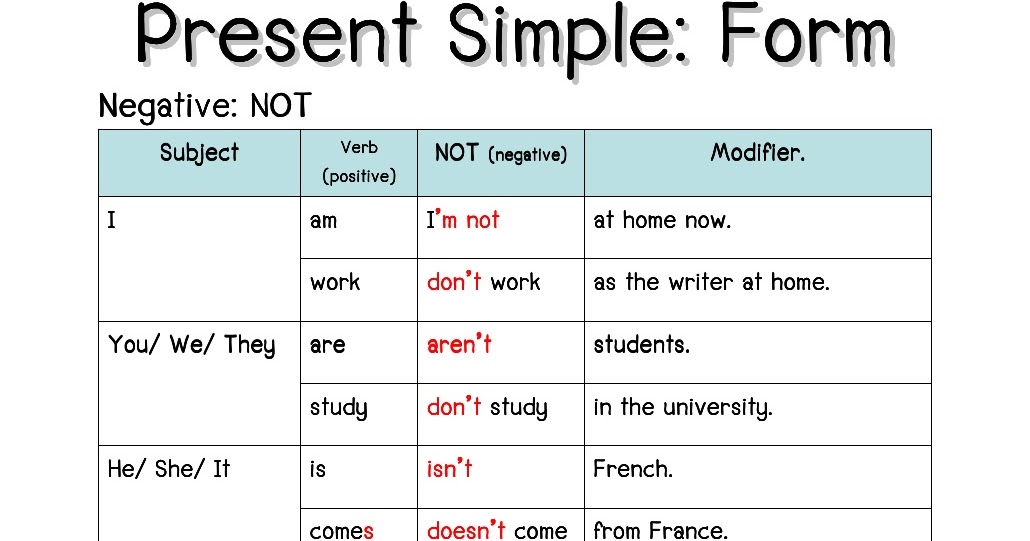
The good news is that you can help them learn to be more optimistic! Use these tips every day to help your child change the way they think about the problems or challenges in life!
1. Stop complaining yourself.
Often children who think negatively have parents who think negatively. So the challenge here is to stop yourself moaning or complaining. If you catch yourself grumbling or being critical. Just stop.
If you can, try to make sure that everything that you say is positive, helpful, kind and points out the good in the situation. I’m not saying it’s going to be easy. However, if you want your child to change their negative thinking habit, this will show them that it’s possible. And you’ll be leading by example. Doing this will help your child realise there’s a different way of looking at problems. A more helpful, realistic, positive way. If you’re really up for a challenge, have a moaning box – like a swear box and put your child in charge – to help you realise every time you complain!
2.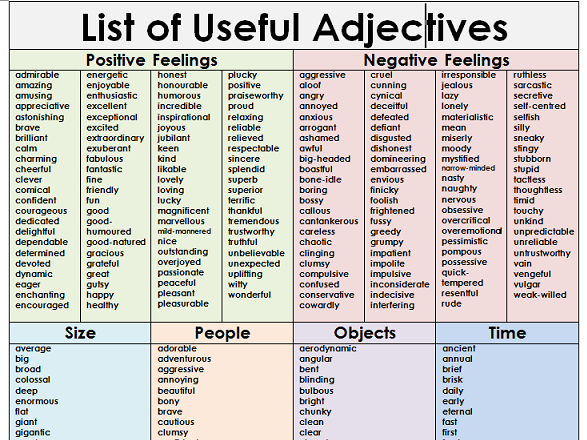 Help your child change the filter
Help your child change the filter
Help your child question the sad, miserable or negative filter that they see things with. Like changing the filter in front of their eyes. You can help them see that at the moment their filter is only letting through the negatives. It’s not their fault – it’s just the way they’re seeing things. And they can change the filter to let through the more positive thoughts.
Help them see things from different angles. Look at different points of view. See if you can help your child get new insights. And you can explain that looking at things differently will boost their self-esteem and confidence, help them bounce back after setbacks, and cope better with disappointments. And they’ll be happier! Tell your child a story about a situation your child often feels negative about – such as coming second in a race – and describe how a child who thinks positively would feel very differently about the same situation. Then ask ‘which child is happier?’ Ask them how people would feel if they focus on all the obstacles or negatives in the situation, rather than focussing on the good things. Help your child realise they’ll be happier if they think more positive thoughts – Optimists are happier than pessimists
Help your child realise they’ll be happier if they think more positive thoughts – Optimists are happier than pessimists
We cover self-esteem in the Calm Parenting Course in module 1 of 6.
A couple of games you can play are:
Gimme five – so when things are difficult they have to find five ‘good things’ about that situation. If it helps, they can make a fist, and put up their thumb and fingers with each positive they find. Then when they are moaning show them a closed fist, to remind them of the game. (But be careful not to do it in an aggressive way – that could look a bit threatening!)
Unfortunately / fortunately. Think of a tricky situation – so you say UNFORTUNATELY the shop ran out of ice cream. Then your child says FORTUNATELY they sold cookies. Then you say UNFORTUNATELY they didn’t have any chocolate ones, and you continue for as long as you can. Of course, the trick is to be the one starting the game with, UNFORTUNATELY- so your child has to think of all the positives.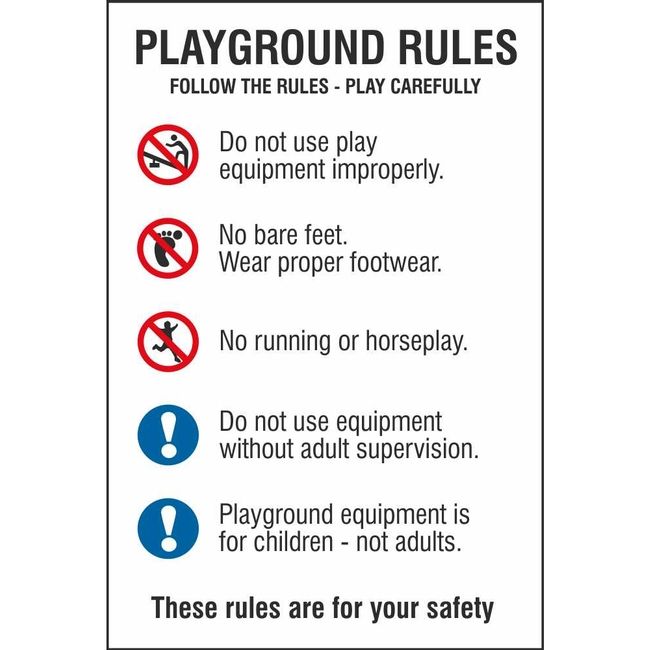
3. Develop an attitude of gratitude
Another idea is to help your child develop an attitude of gratitude. Research has shown that encouraging a child to write five things they are grateful for every day increases their life satisfaction, their happiness, and their grades at school. Perhaps they could write in a diary at the end of each day, five things that they’re happy about or grateful for. Or anything that went well that day. Or write a long list of things, and keep adding to the list every time they think of new things. They could write the list on a large sheet of paper, or have a small notebook with a different thing they’re grateful for on each page. Or when you have a family meal, everyone could take it in turns to say three good things that happened to them that day. When your child is encouraged to feel grateful for what they have, it changes the way they think. It helps them acknowledge all the positive things in their life. And put things in perspective when something goes wrong.
4. ‘Reality checking’ thoughts.
Children who have unhelpful thoughts about themselves are often stressed, and they may be quite negative about school or about things that are going to happen. So when you hear your child say things like ‘I hate myself’, ’I can’t do it’, or ‘I’ll never be able to learn this.’ A very simple way to help your child to change stressful thoughts is to teach your child to do a reality check. And get them to ask themselves:
• What am I saying to myself about this?
• How true is it?
• Is it helpful to think this way?
• Where will it get me?
• What else can I think instead?
It is important not to contradict your child when they are stressed. Disagreeing with what they say just adds to their stress. However, when you ask your child these sorts of questions you get them to come up with other ways of thinking that may be helpful. Or perhaps ask them what their best friend would say about this situation? If they were to come round, what would they say?
5. Empathise and help them understand their emotions
Empathise and help them understand their emotions
When your child is being negative, you can help them by working out the emotion your child is feeling and guess why they feel that way.
‘It sounds like you’re really upset. It’s horrible when you lose something important like that.
‘You look really sad. It must have been upsetting that Jamie just ignored you – especially when you’re normally such good friends’
‘At the moment who you sit next to on the couch seems to be worrying you a lot. And it looks like it’s making it hard to look forward to the school trip.’
You empathise by saying things like: ‘You seem frustrated about that.’ ‘That sounds annoying.’ ‘That must have been hard to handle.’
Then don’t try to solve it for them. Just let them see that you recognise how they’re feeling. In the past, you may have got annoyed with your child for thinking negatively – but it’s hard for your child to change their thoughts. Empathising is the first step. When they’re negative, don‘t get angry or irritated, or try to talk them out of it.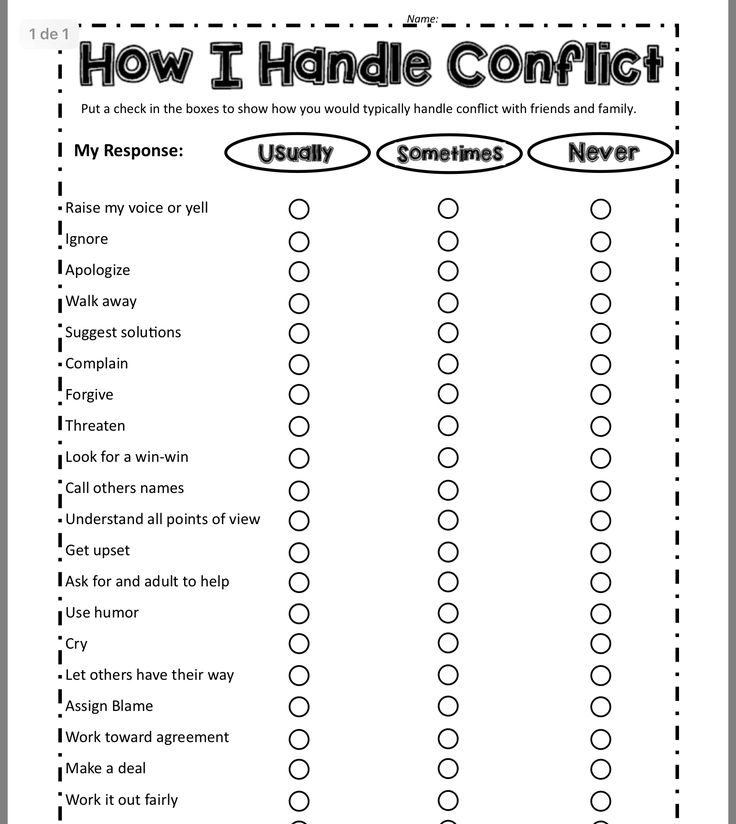 Don’t try to give them logical explanations about why they shouldn’t feel that way. Just let them feel heard and understood.
Don’t try to give them logical explanations about why they shouldn’t feel that way. Just let them feel heard and understood.
6. Help them solve their own problems
Then you could do some problem solving with them. Write the problem at the top of the page.
Get your child to think of lots of possible solutions, if you want to, you can add a few of your own ideas at the end. Have a look at the solutions then ask your child what might happen if they tried each one. And then get them to choose which they want to try first.
And you can do it with every little problem they come up with. That way, instead of the huge weight of worries they feel they have, they can start to look at each worry, one by one, and work out how to deal with it.
Do bear in mind though, if your child has always relied on you to help the sort out the problems, And you’ve always been happy to jump in and tell them what to do, they may find this difficult.
Do remember – change takes time.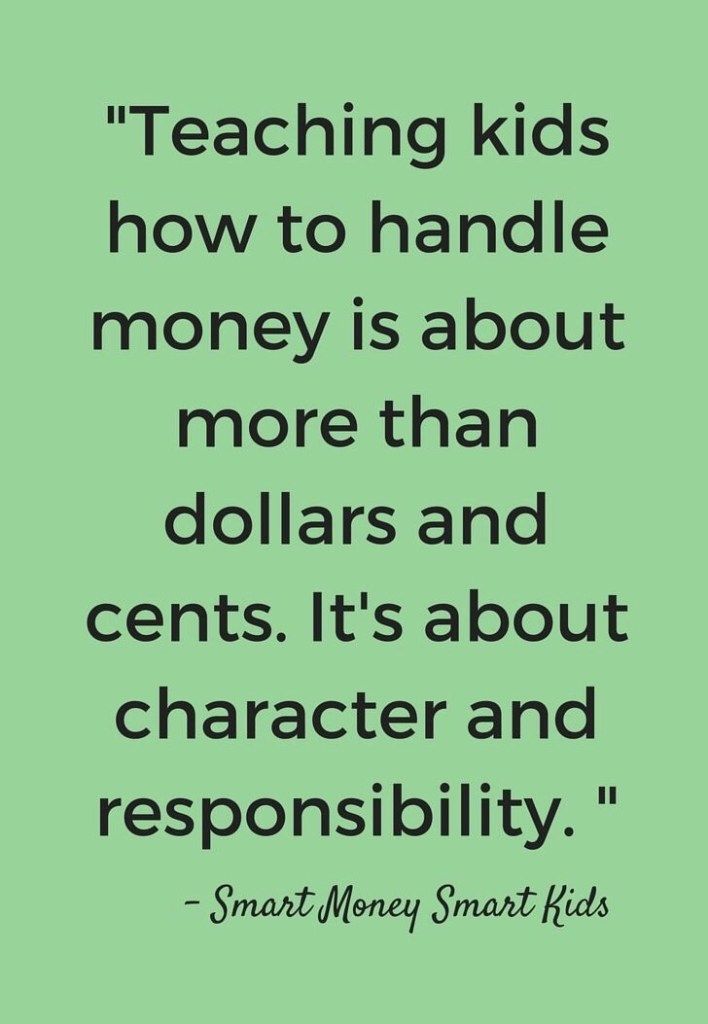 Your child has been used to thinking negatively. So be patient. And remember to keep going because these practical steps will help your child become more resilient and happy, and cope better with stress!
Your child has been used to thinking negatively. So be patient. And remember to keep going because these practical steps will help your child become more resilient and happy, and cope better with stress!
Do you have an angry child? Or a child who is anxious or stressed? Perhaps you would benefit from my private parenting classes.
How to behave with a child during a crisis 3 years
November 17, 2019 Life Column
During this period, even normally calm children can throw tantrums and be rude to adults. The advice of a psychologist will help to overcome a difficult stage without unnecessary nerves.
Svetlana Smirnova
Psychologist, author of courses on developmental psychology of the educational project "Magister".
The age of 3 years is considered to be one of the most difficult in the life of parents and children. During this period, the child develops a sense of himself as a separate independent person. The kid begins to actively check where the area of \u200b\u200bhis possibilities ends, what he can influence.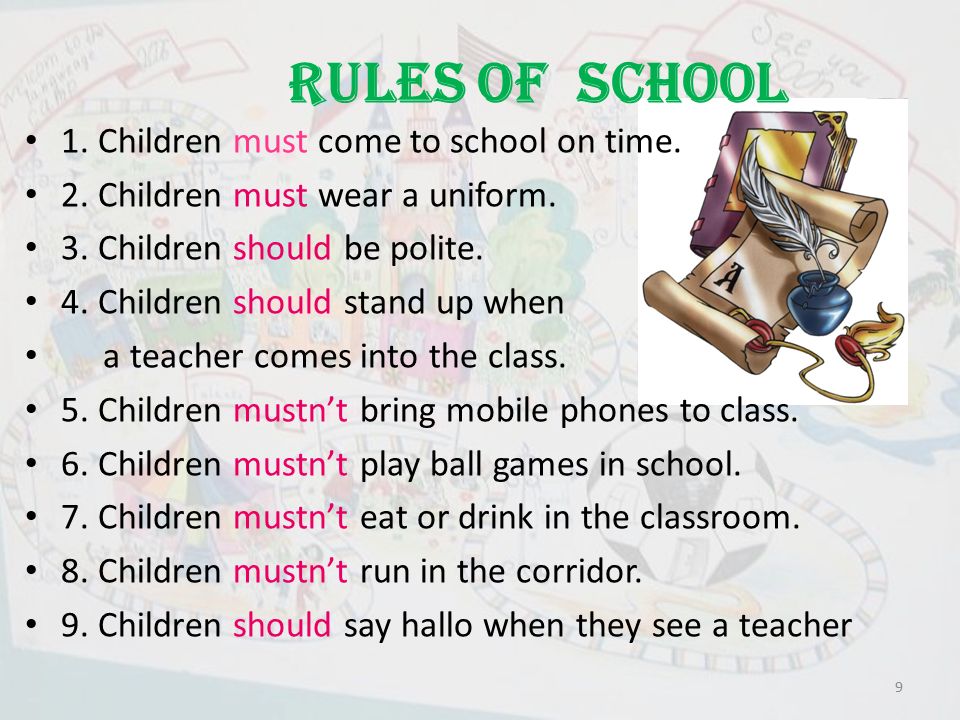 Faced with the limitations of his desires, he becomes enraged. And it is no longer possible to simply divert his attention to something interesting, as at a younger age: the child experiences real anger because everything is not going the way he wanted.
Faced with the limitations of his desires, he becomes enraged. And it is no longer possible to simply divert his attention to something interesting, as at a younger age: the child experiences real anger because everything is not going the way he wanted.
During the crisis period of 3 years, children experience serious changes:
- Strong-willed qualities are formed - the ability to achieve one's own, to insist on one's decision. The child learns to express himself in emotions and actions, to make choices, relying on his feelings and desires.
- Children explore their strength and capabilities in confrontation with adults. Develops an understanding of “what is good and what is bad”, studies the boundaries: when adults are adamant in their decision, and when you can insist on your own.
How a crisis manifests itself 3 years
Soviet psychologist Lev Vygotsky singled out seven signs of a crisis.
- Negativism .
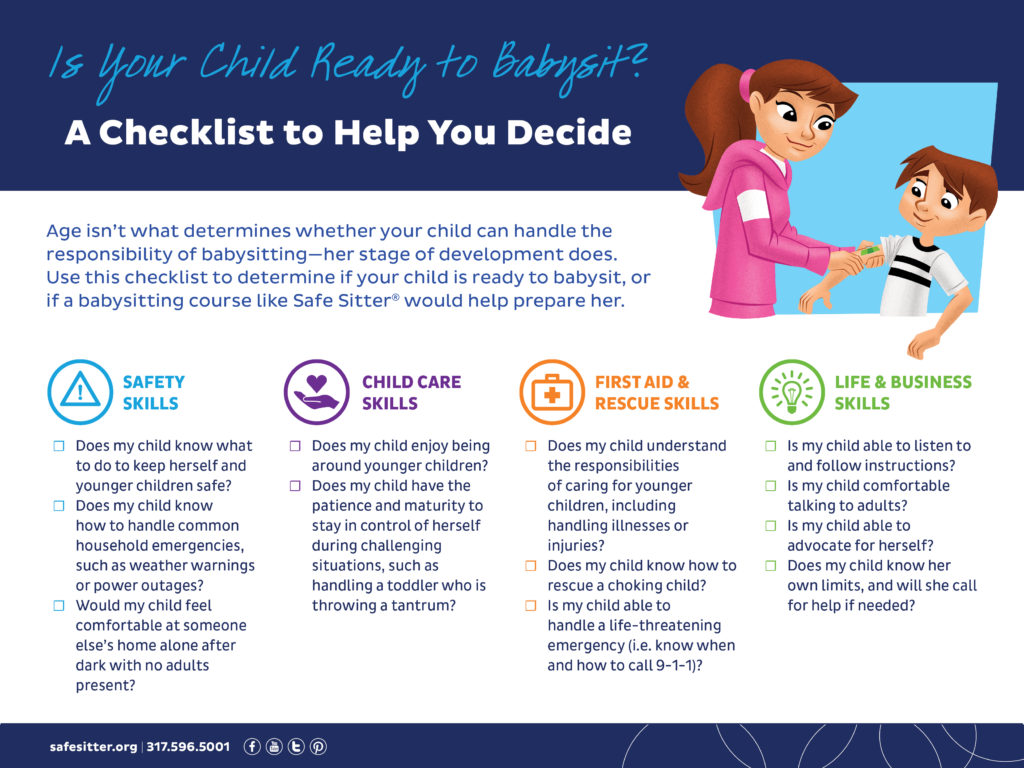 The child reacts negatively to the request of an adult, even if it is about what he himself wants.
The child reacts negatively to the request of an adult, even if it is about what he himself wants. - Stubbornness . He insists on his own, and it is very important for him to achieve this at all costs.
- Obstinacy . Disobedience, both in small things and in serious matters.
- Protest . The child begins to actively rebel against what he previously performed calmly and resignedly.
- Willfulness . The desire to do everything on their own, even if children's opportunities for this are not yet enough.
- Depreciation . A child can ruin and break everything that was dear to him (even his favorite toys), beat and call his parents names.
- Despotism . He wants everything to happen exactly as he said.
In real life, it all manifests itself like this: the baby, who was dressing obediently yesterday, ate almost everything that was given, calmly fell asleep after the usual rituals, starts arguing on any occasion. “The hat is not like that, feed me with a spoon, I won’t sleep in my bed!” - and no arguments of reason do not work.
“The hat is not like that, feed me with a spoon, I won’t sleep in my bed!” - and no arguments of reason do not work.
If adults insist on their own, "heavy artillery" is used. The child begins, at best, to scream and cry, and at worst, to fight, bite and throw everything that comes to hand.
I must say that often in this way children really achieve their goal. Some adults, unable to withstand the pressure or not understanding how to behave, give up their positions in the hope that the child will calm down. Indeed, calm is being restored, but exactly until the next episode of divergence of opinions.
And now the whole family is divided into two camps. Someone thinks that “such people should be flogged”, because they “have sat on the neck”, someone insists on humanism so as not to crush the individual. And the “personality” continues to test everyone for stamina and, at the same time, walks sad and nervous, as he guesses that he is behaving somehow wrong, but he cannot help himself.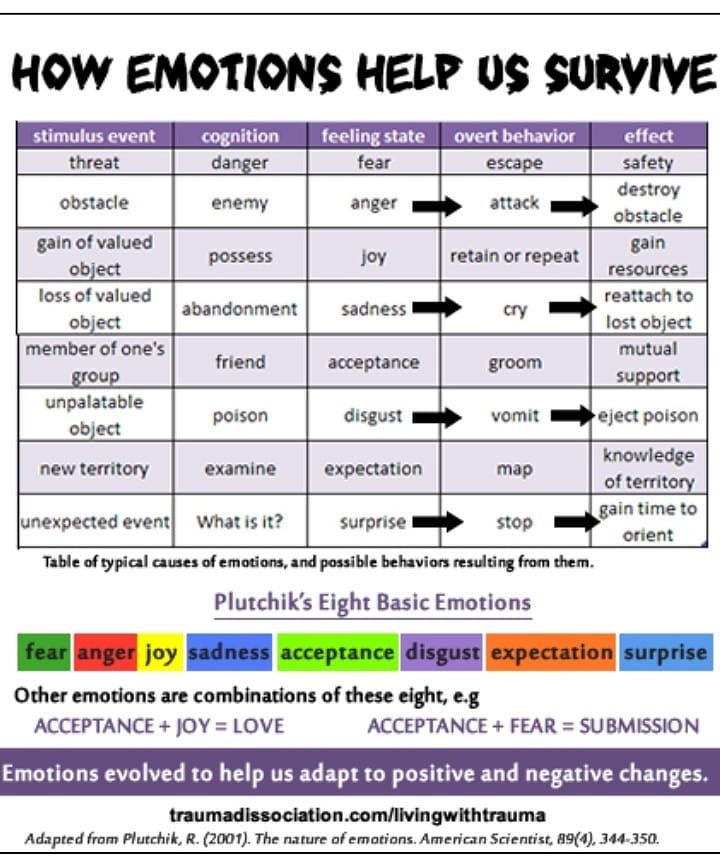
How to help a child get through the crisis easier
Teach how to express anger correctly
First of all, you need to understand that anger that grips children is not the machinations of dark forces, but an absolutely normal feeling. She (as well as sadness, joy, fear, surprise) came to us from animals. Encountering refusal or resistance to his desires, the child experiences the same irritation and rage as a tiger whose rival is trying to take away meat or drive him out of the territory.
Adults, unlike children, are able to recognize anger and contain it or show it in an adequate way. When the boss raises his voice at us, we also get annoyed, but we either restrain ourselves and at home describe in colors to our loved ones what a “bad person” he is, or we respond constructively in the process of dialogue itself. Children do not yet have these mechanisms - they are just being developed at this age stage with the help of adults.
The algorithm is as follows:
1. Wait until the child calms down. It is useless to say anything while he is overwhelmed by emotions: he does not hear you.
Wait until the child calms down. It is useless to say anything while he is overwhelmed by emotions: he does not hear you.
2. After the child has calmed down, name the feeling he is experiencing: “I see that you are very angry (angry, upset).”
3. Draw a causal relationship: “When mom does not give what she wants, it makes me very angry.” It is obvious to us that the child was angry because he was not given a candy that he wanted to eat instead of soup. For him, everything often looks as if some kind of force seized him for no reason at all, and he became “bad”. Especially if, instead of explaining the reason for his anger, we say something like: “Ugh, what a bad child.” When an adult builds a causal relationship, it is easier for children to gradually understand themselves.
4. Suggest acceptable ways to express anger: “Next time, don’t throw a spoon at your mother, but say: “I’m mad at you!” You can still bang your fist on the table. ” Each family has its own options for the manifestation of rage: for some it is acceptable to stomp their feet, for others it is acceptable to go to their room and throw toys there. You can also get a special "chair of anger." Everyone can sit on it and calm down, and then return to communication.
” Each family has its own options for the manifestation of rage: for some it is acceptable to stomp their feet, for others it is acceptable to go to their room and throw toys there. You can also get a special "chair of anger." Everyone can sit on it and calm down, and then return to communication.
It is very important to emphasize that this is not a punishment. If you put paper and pencils in this place, then the child will be able to express his condition in the drawing. Adults themselves can also, in the heat of the battle for another rule of the daily routine violated by children, sit on a chair and set an example, drawing their annoyance and saying: “How angry I am when you don’t go to bed on time!”
Set limits
Children who are constantly indulged begin to feel that they are in control of the world and become very anxious because of this. They always have to be in suspense to hold on to power. Here you will not draw and you will not play. In society, these domestic tyrants are not very successful, as they are used to everything revolving around them.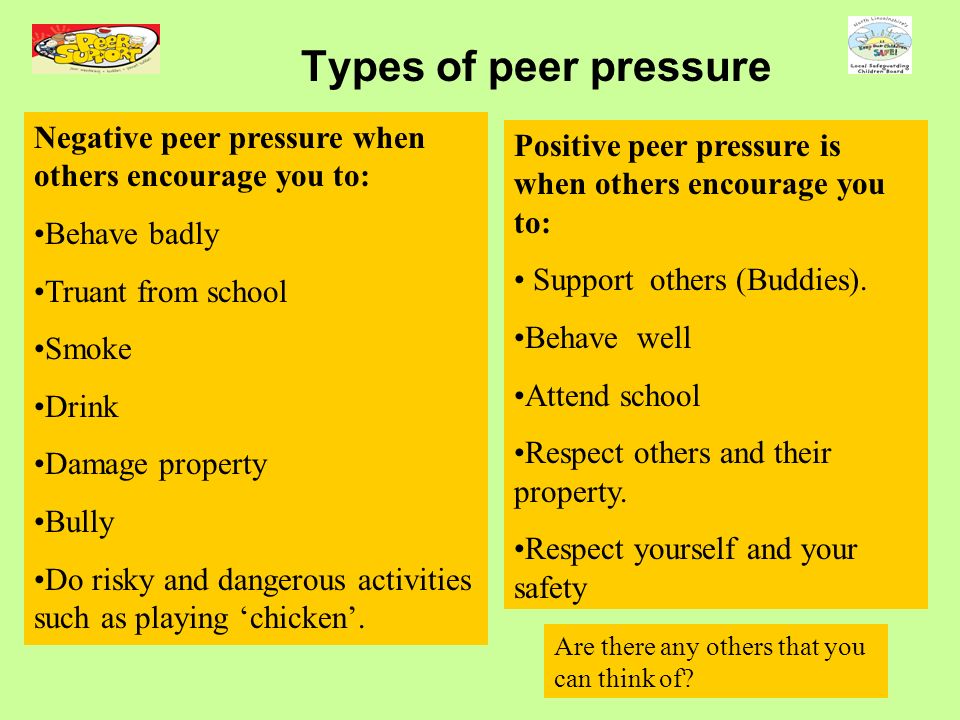 They find it difficult to establish contact with their peers and require the constant attention of the teacher.
They find it difficult to establish contact with their peers and require the constant attention of the teacher.
The other extreme is the severe suppression of any negative manifestations. The point of view of the parents in this case is simple: the child must always be “good” and obey at the first request. This approach results in two ways. In the first case, the child is silky at home, but in kindergarten he is uncontrollable and aggressive. In the second, he tries very hard to meet high requirements, periodically breaking down. He blames himself for breakdowns and very often suffers from night terrors, enuresis, and abdominal pain.
The truth is somewhere in between. If an adult understands that this is a natural stage in the development of a child, then he can remain relatively calm and at the same time insist on his own. Hard boundaries are obtained, set in a soft way.
I will refer to the algorithm given in John Gray's book "Children from Heaven":
1.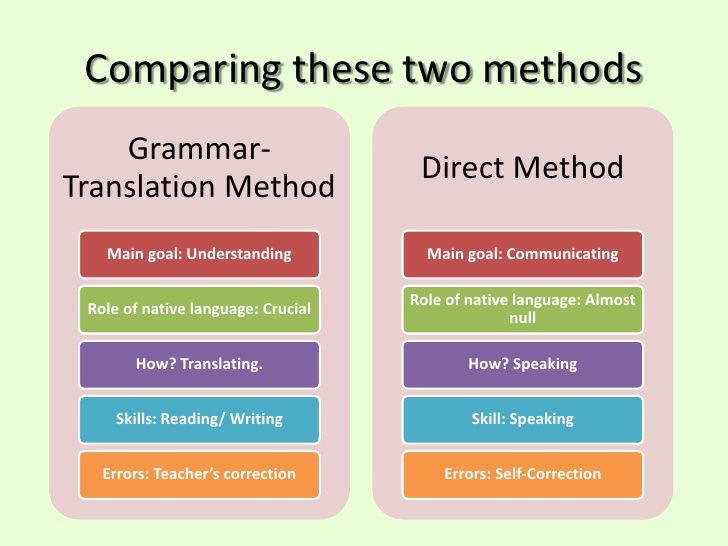 State clearly what you want from the child: "I want you to pack your toys and go wash up." Very often we formulate our messages indistinctly: "Maybe it's time to sleep?", "Look, it's already dark." Thus, we shift the responsibility for the decision to the child, and the result is predictable. Sometimes even a simple clear statement of our requirements is enough. If not, move on to the next item.
State clearly what you want from the child: "I want you to pack your toys and go wash up." Very often we formulate our messages indistinctly: "Maybe it's time to sleep?", "Look, it's already dark." Thus, we shift the responsibility for the decision to the child, and the result is predictable. Sometimes even a simple clear statement of our requirements is enough. If not, move on to the next item.
2. Speak out the child's supposed feelings and draw a causal relationship: "You seem to like the game a lot and get frustrated when you have to end it." When we do this, the child feels that we understand him, and sometimes this is already enough to change his behavior.
3. Use bargaining: "If you go to the bathroom now, you can play pirate ship there / I'll read to you longer." It is promised that the child loves, but not the purchase of toys or sweets. We often do the opposite and threaten: if you do not do as I said, you will lose.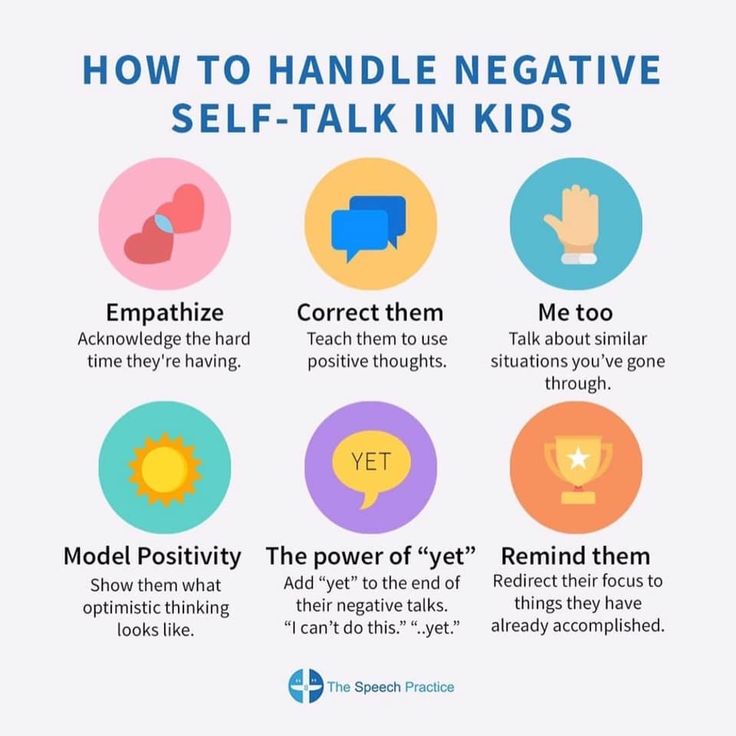 But building a positive future helps children to distract from the process in which they are immersed, to remember that there are other pleasant things.
But building a positive future helps children to distract from the process in which they are immersed, to remember that there are other pleasant things.
If that was the only thing, then the child happily slaps into the bathroom. But if all this was started by him in order to find out who is the boss in the house, then the following steps cannot be dispensed with.
4. Increase your intonation: Speak your demand in a more menacing tone. Very often we start with just that, and then everything turns into just suppression. But the first three points are very important, otherwise the child will not have the feeling that he is understood. At the same stage, you can apply one of the most successful tricks called "Counting to three."
5. If the child continues to rage even after the increase in intonation, then announce a break. It is very important to understand that this is not a punishment, but a pause in order to calm down and continue to communicate adequately.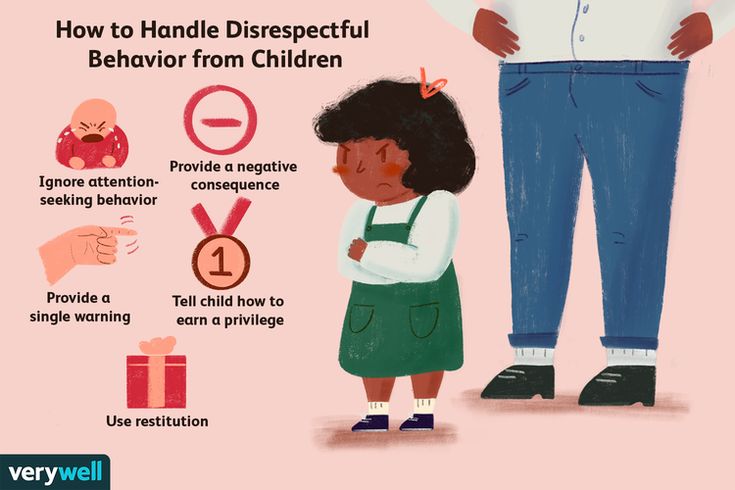 At the same time, this is a designation of boundaries: the child has the right to his own opinion, to emotions, but the final decision is up to the adult. Everything is explained like this: “I see that we cannot agree, so a break is announced for 3 minutes. Both you and I need to calm down. How old is the child, for so many minutes it is optimal to arrange a time-out.
At the same time, this is a designation of boundaries: the child has the right to his own opinion, to emotions, but the final decision is up to the adult. Everything is explained like this: “I see that we cannot agree, so a break is announced for 3 minutes. Both you and I need to calm down. How old is the child, for so many minutes it is optimal to arrange a time-out.
At home, children are taken to a safe space (a room where there are no breakable objects). The door closes (another boundary designation), the adult stays outside and calmly indicates how much time is left. You need to be mentally prepared that anything can happen on the other side. At this point, you do not need to enter into a dialogue with the child, otherwise everything will only drag on. But thanks to the fact that you are outside the door and calmly note how many minutes are left, he understands that he was not abandoned or punished. When the break time ends, you open the door and start from the first point.
The more stable and understandable a child is the rules by which he lives, the more space he has for creativity and development. Gradually, thanks to our efforts, the child will begin to understand himself better: what makes him angry, what makes him happy, what makes him sad, what offends him. He also learns ways to adequately express his experiences. By the age of 4, it can be not only bodily expression, but also drawing, and voicing, and role-playing. And if communication about controversial issues proceeds in the mode of negotiations and acceptance of the opinion of the child, then for the rest of his life he will form the ability to defend his rights, achieve his goals and at the same time respect the rights and opinions of others.
Read also 👪👪👪
- 7 tips for parents on how to raise an unspoiled and grateful child
- How to raise an independent child: the lazy mom method
- TEST: What do your kids really think of you?
- Why an obedient child is bad
- What kind of parents raise happy and successful children
How parents should behave if their children show aggressive behavior or prevent such undesirable behavior
| 1. First, it is required that parents show unconditional love for their child in any situation. Statements like the following should not be allowed: "If you behave like this ... then mom and dad will not love you anymore!". You can not insult the child, call him names. It is necessary to show dissatisfaction precisely with an action, an act, accepting the personality of the child as a whole. |
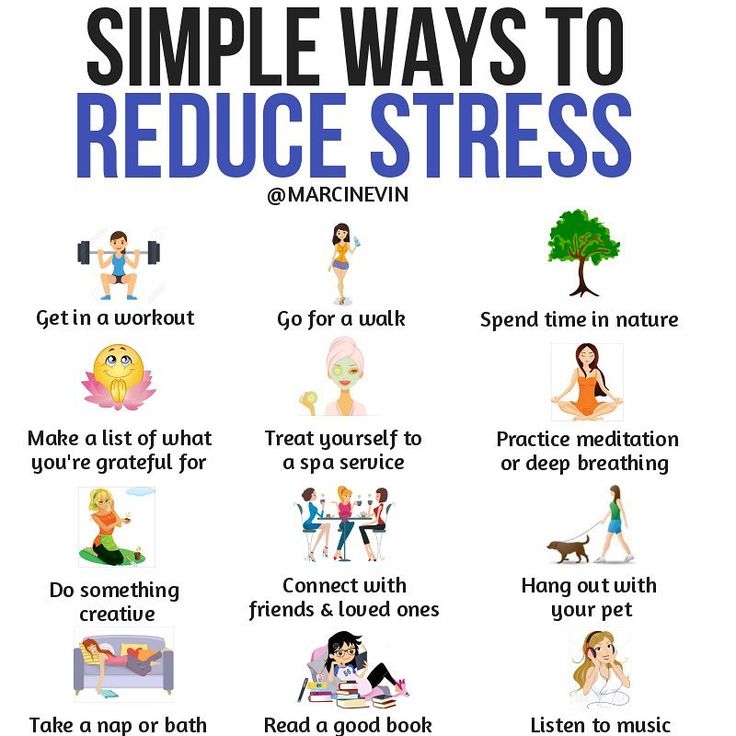
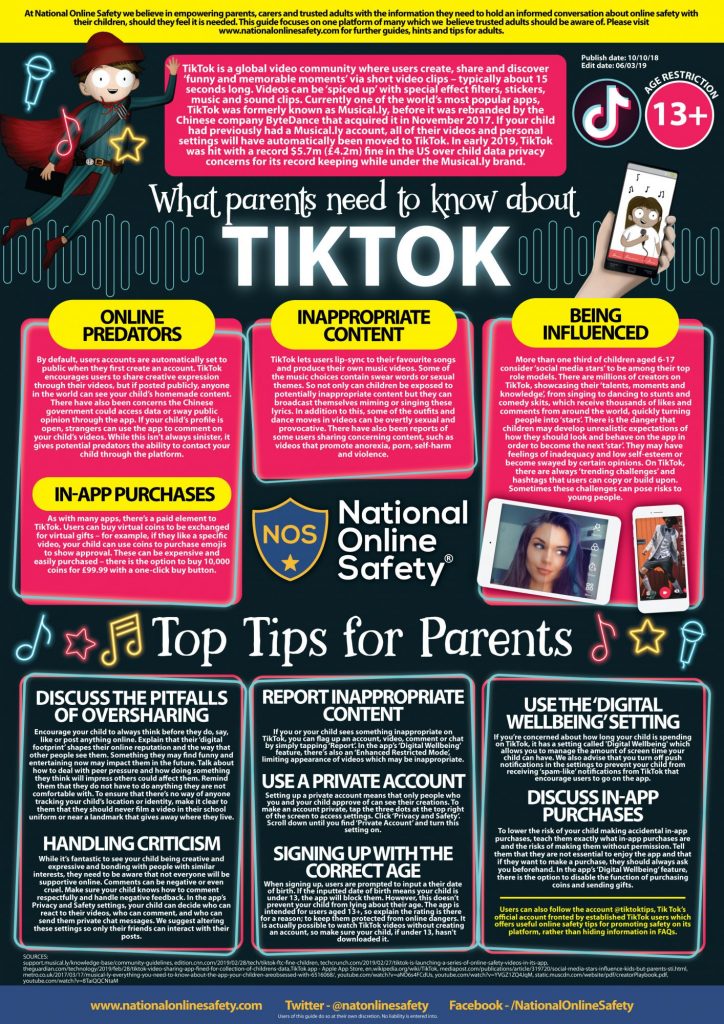 , rather than trying to attract your attention with his "terrible" behavior.
, rather than trying to attract your attention with his "terrible" behavior. 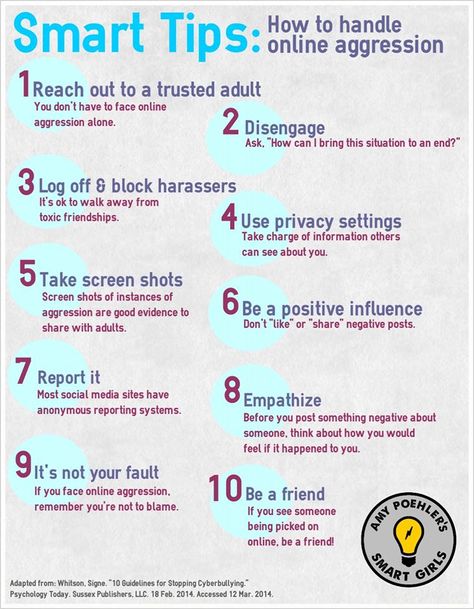


 She makes them feel like they can make a good impression.
She makes them feel like they can make a good impression. 